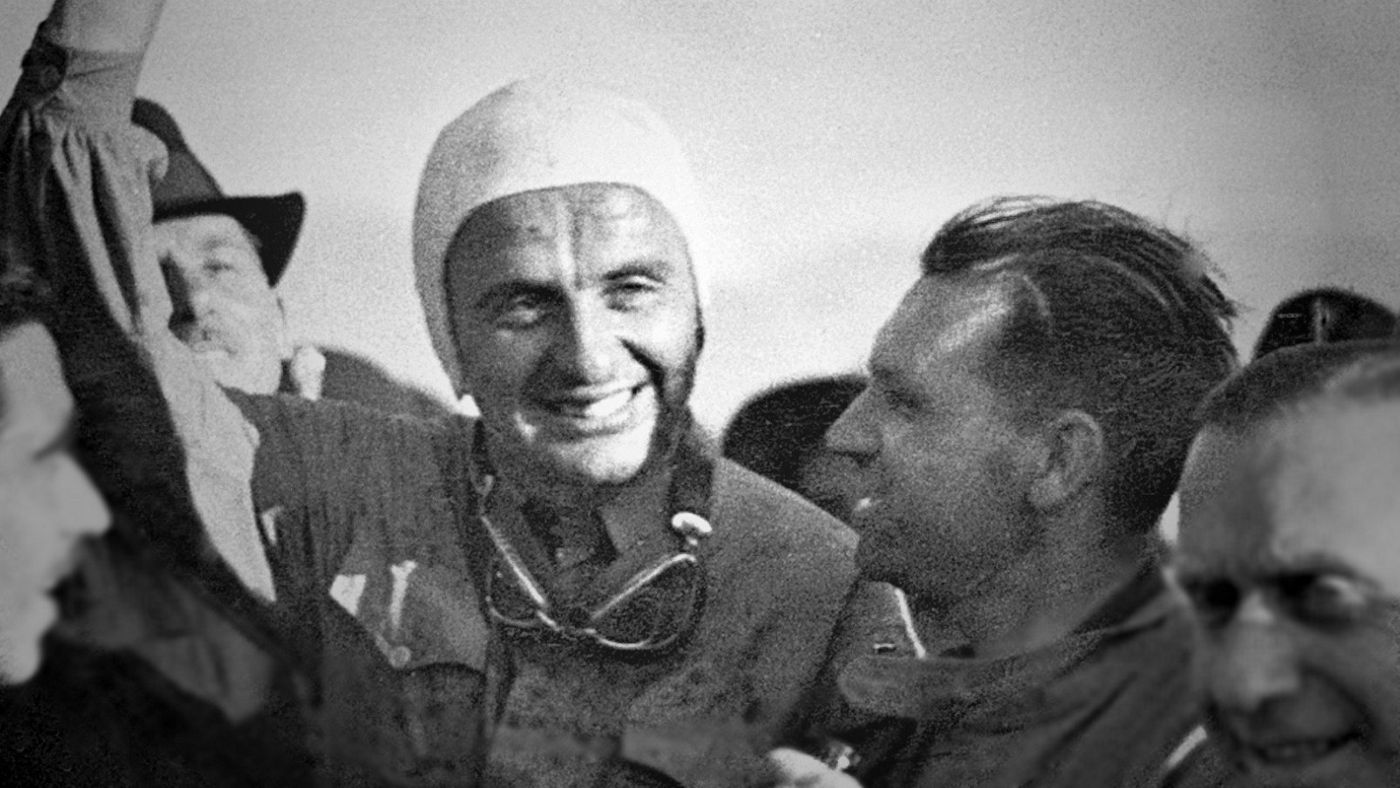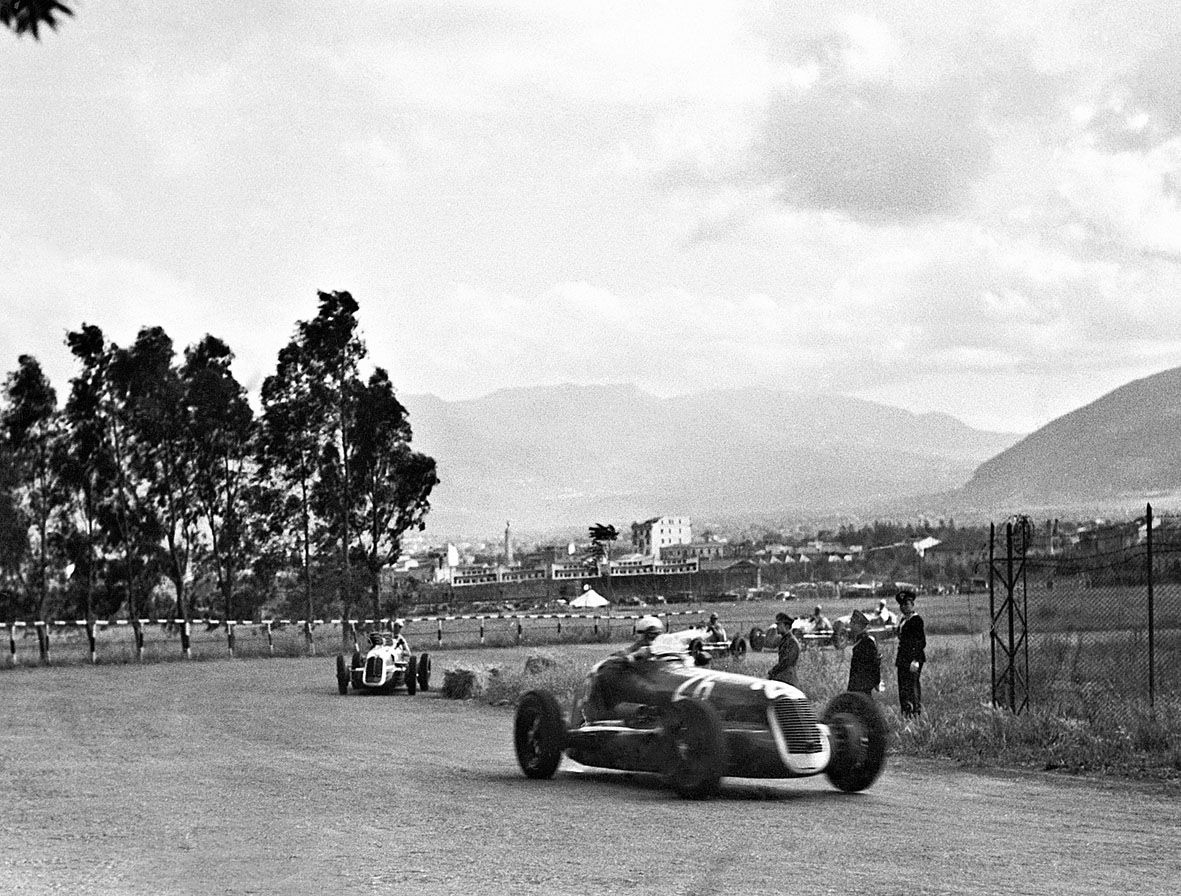80th anniversary of Maserati's Targa Florio victory Maserati tests an MC20 prototype on the roads of the world's oldest race

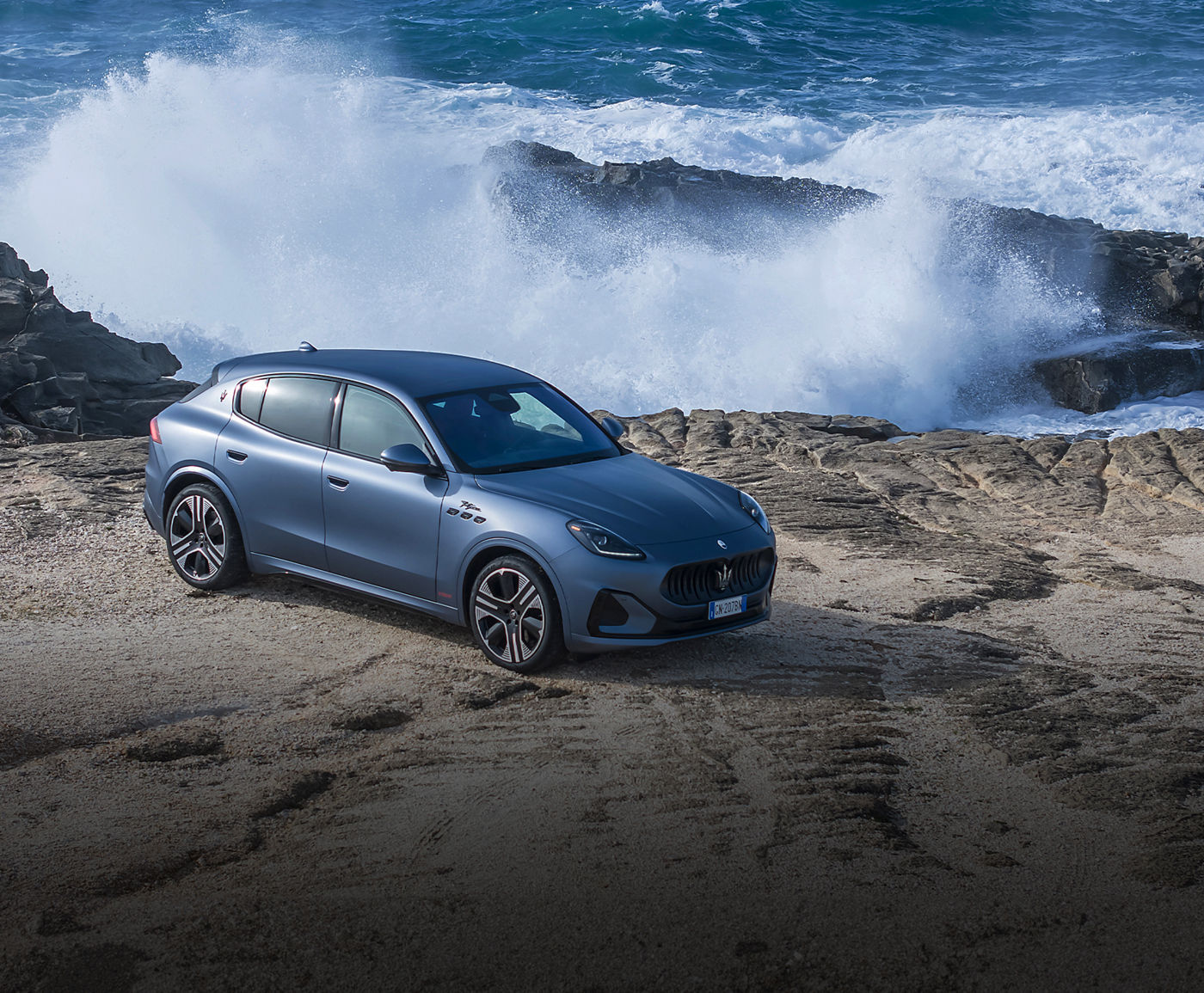
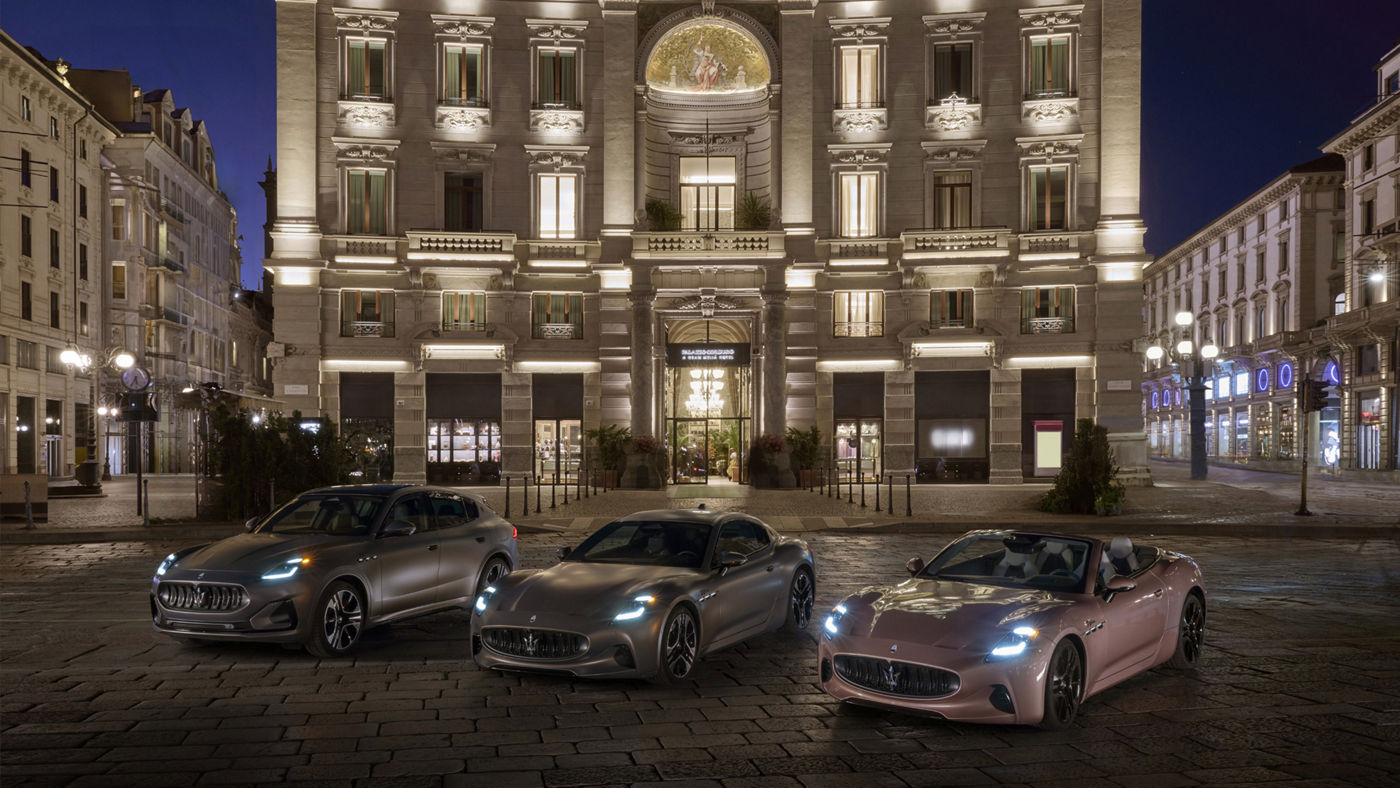
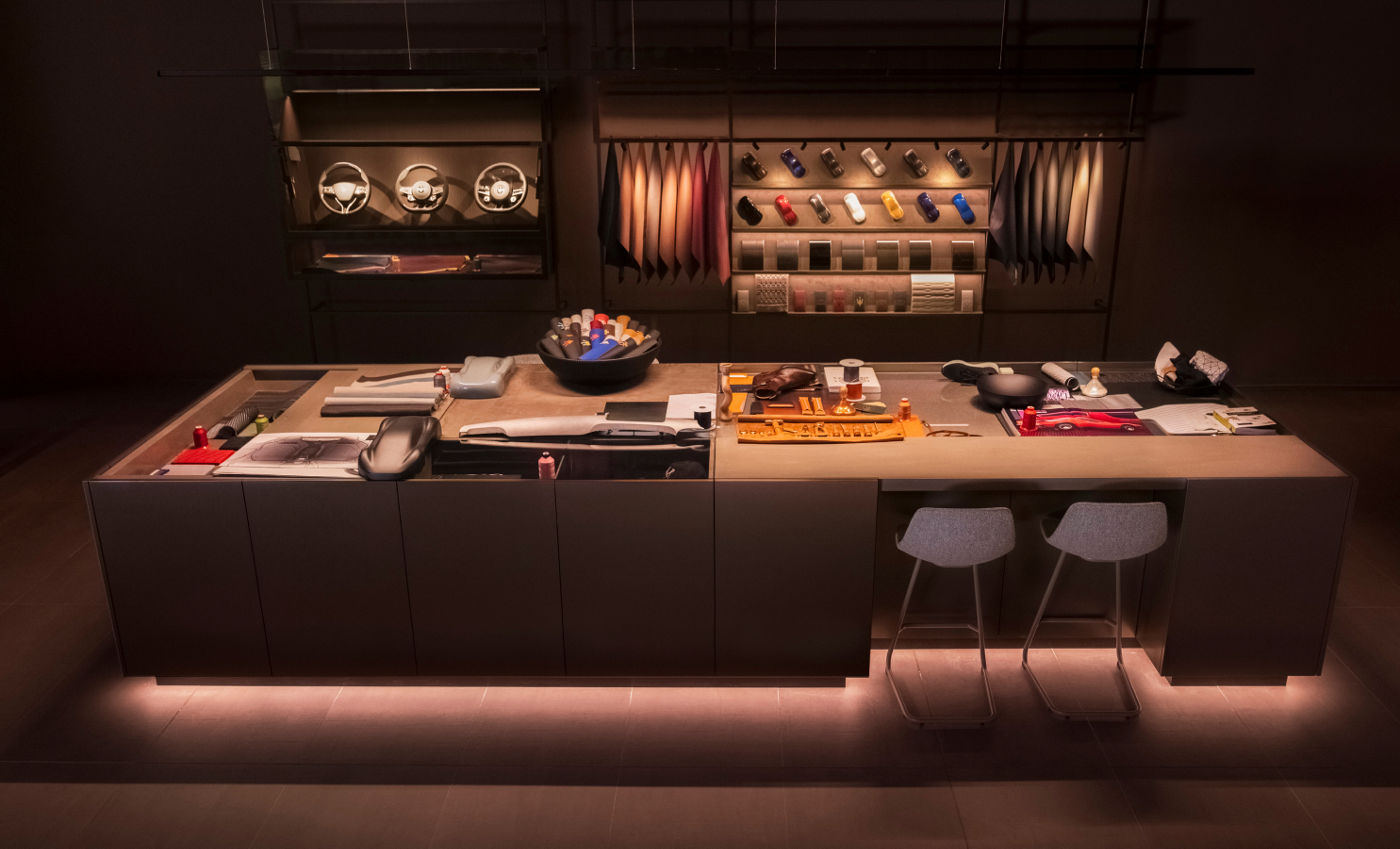



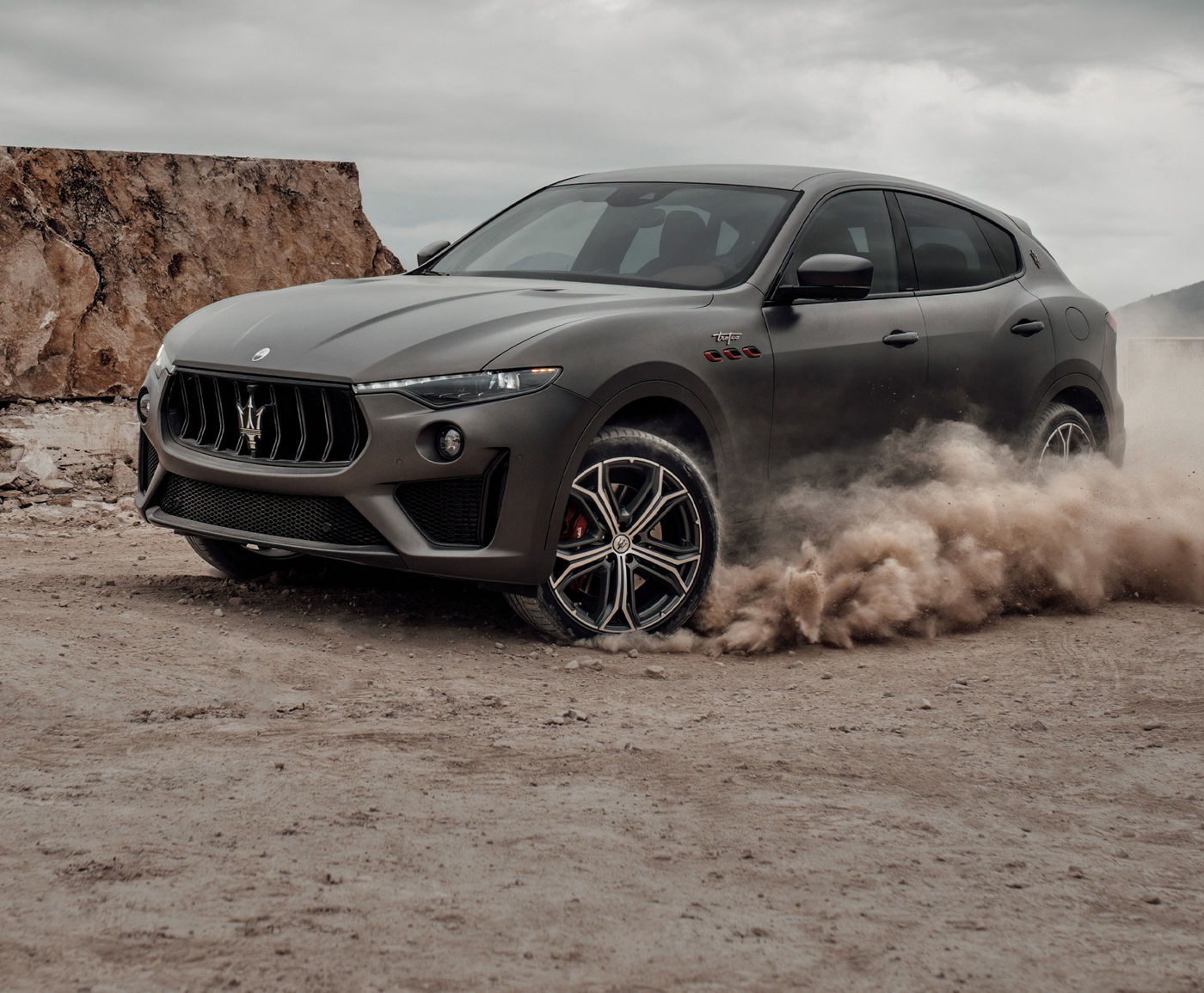








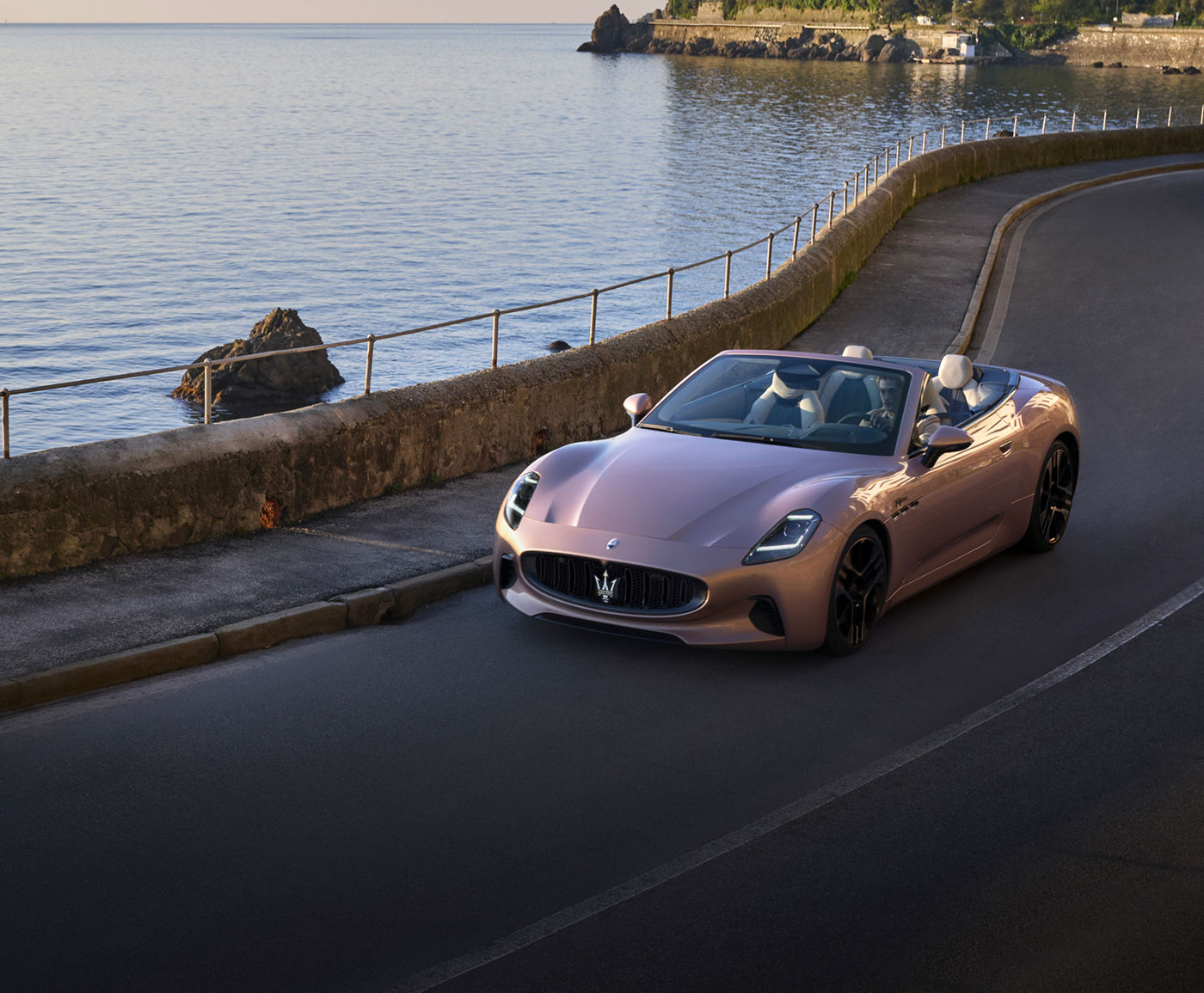











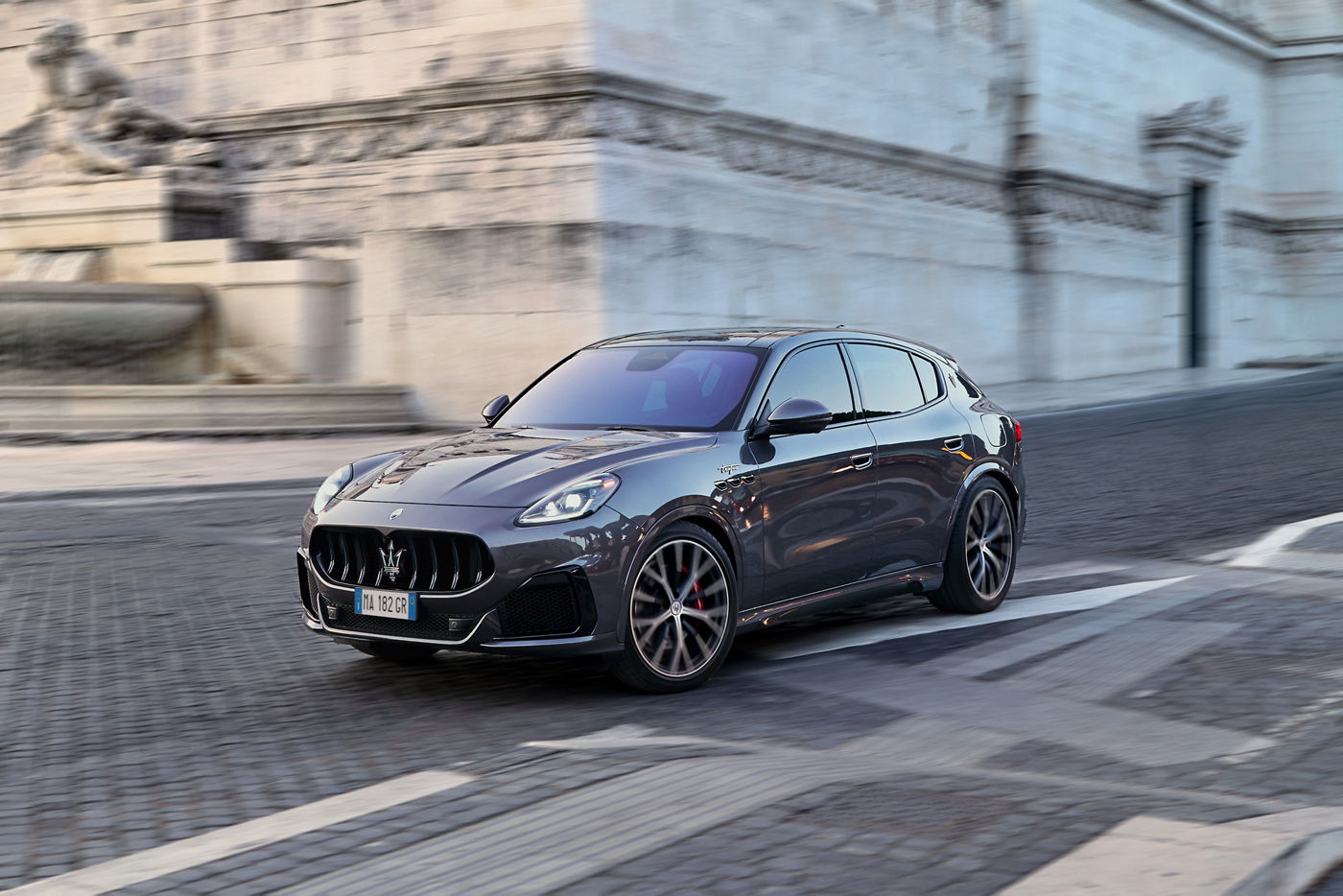




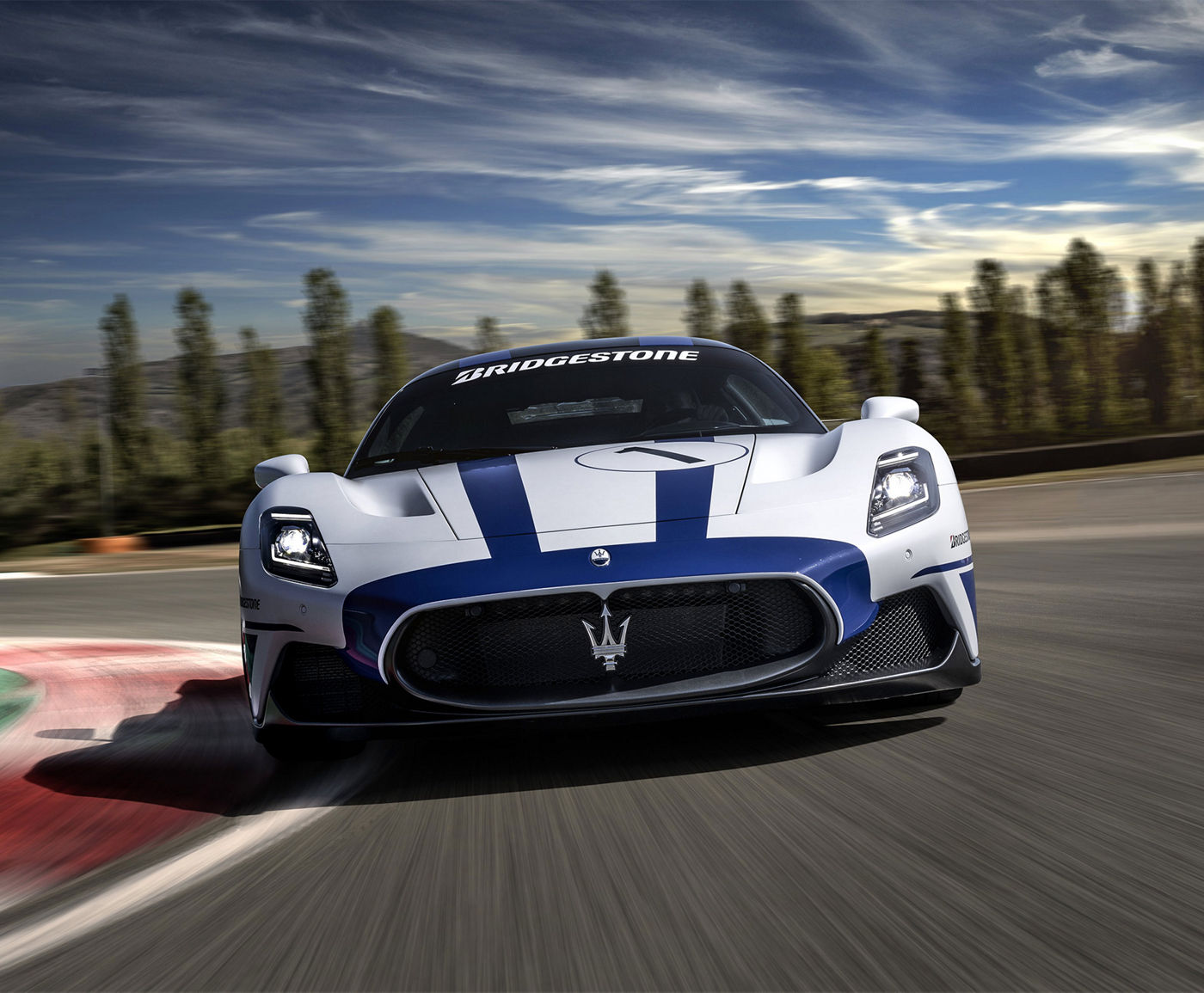


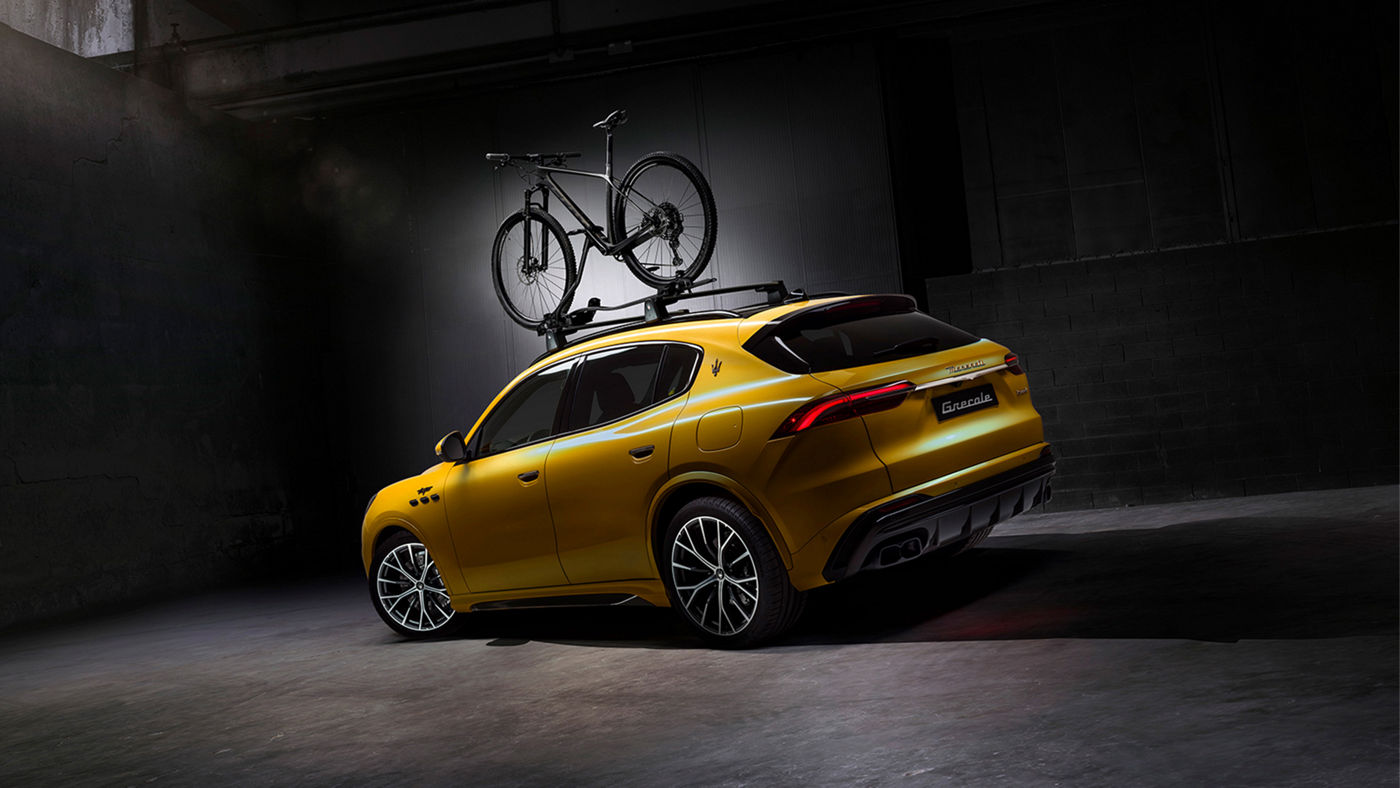
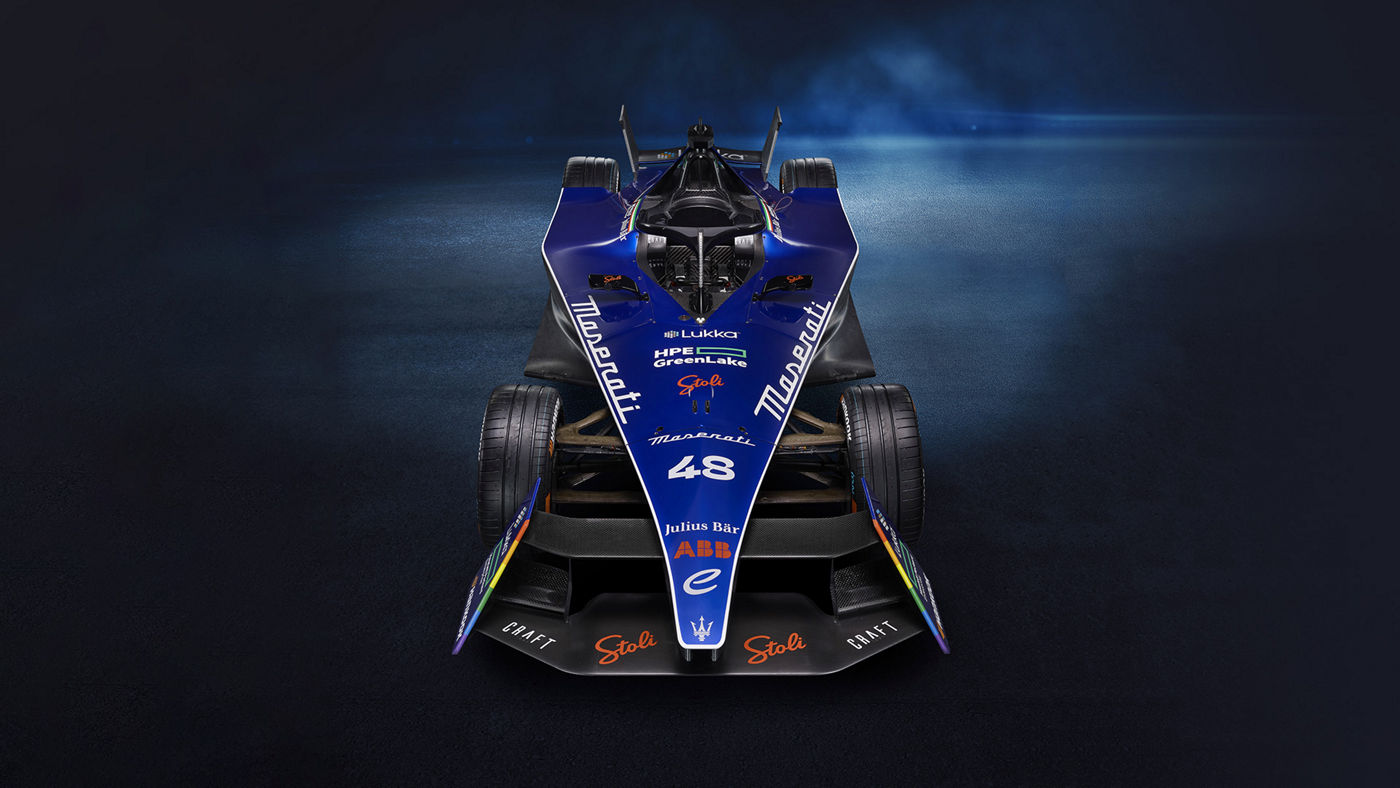

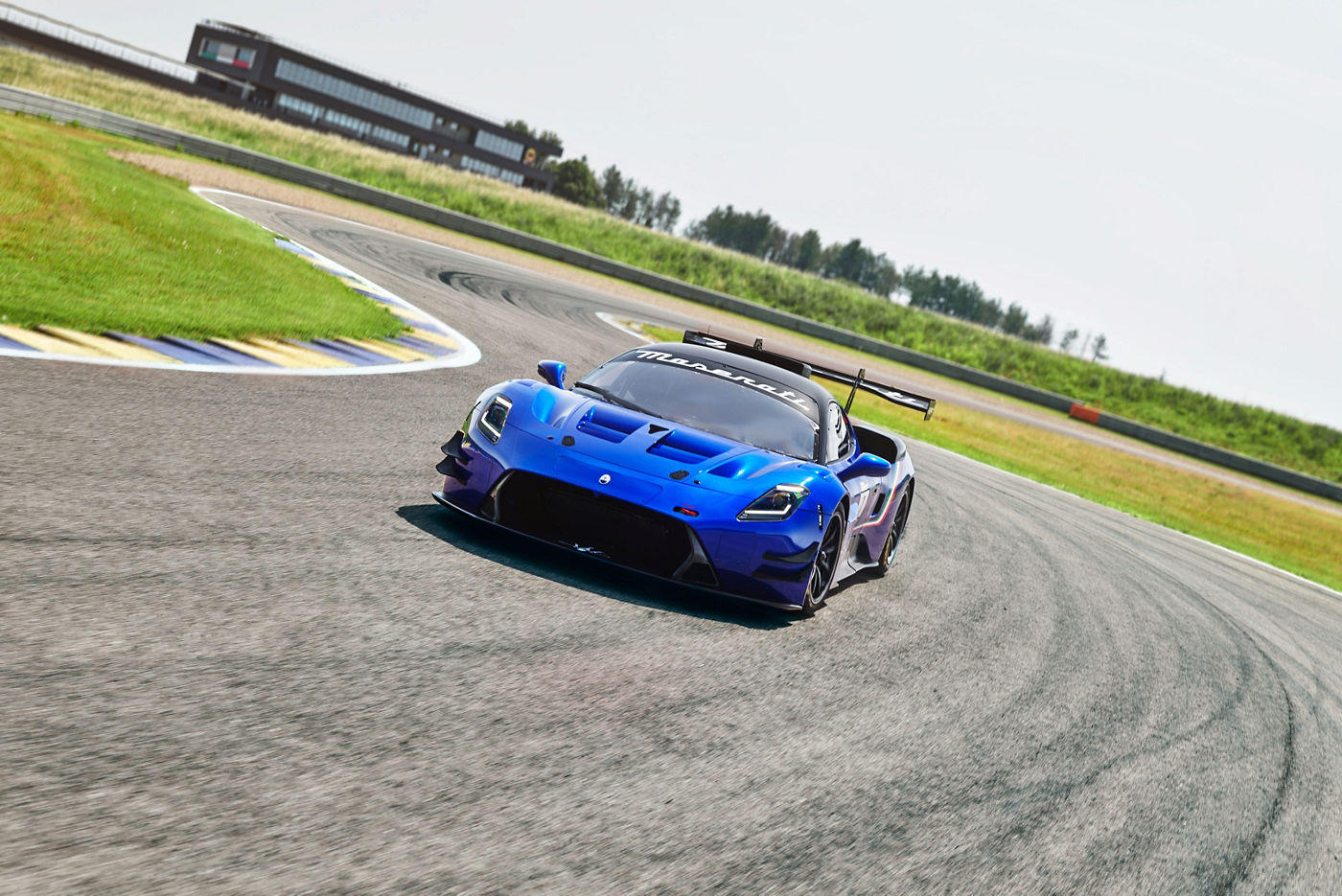
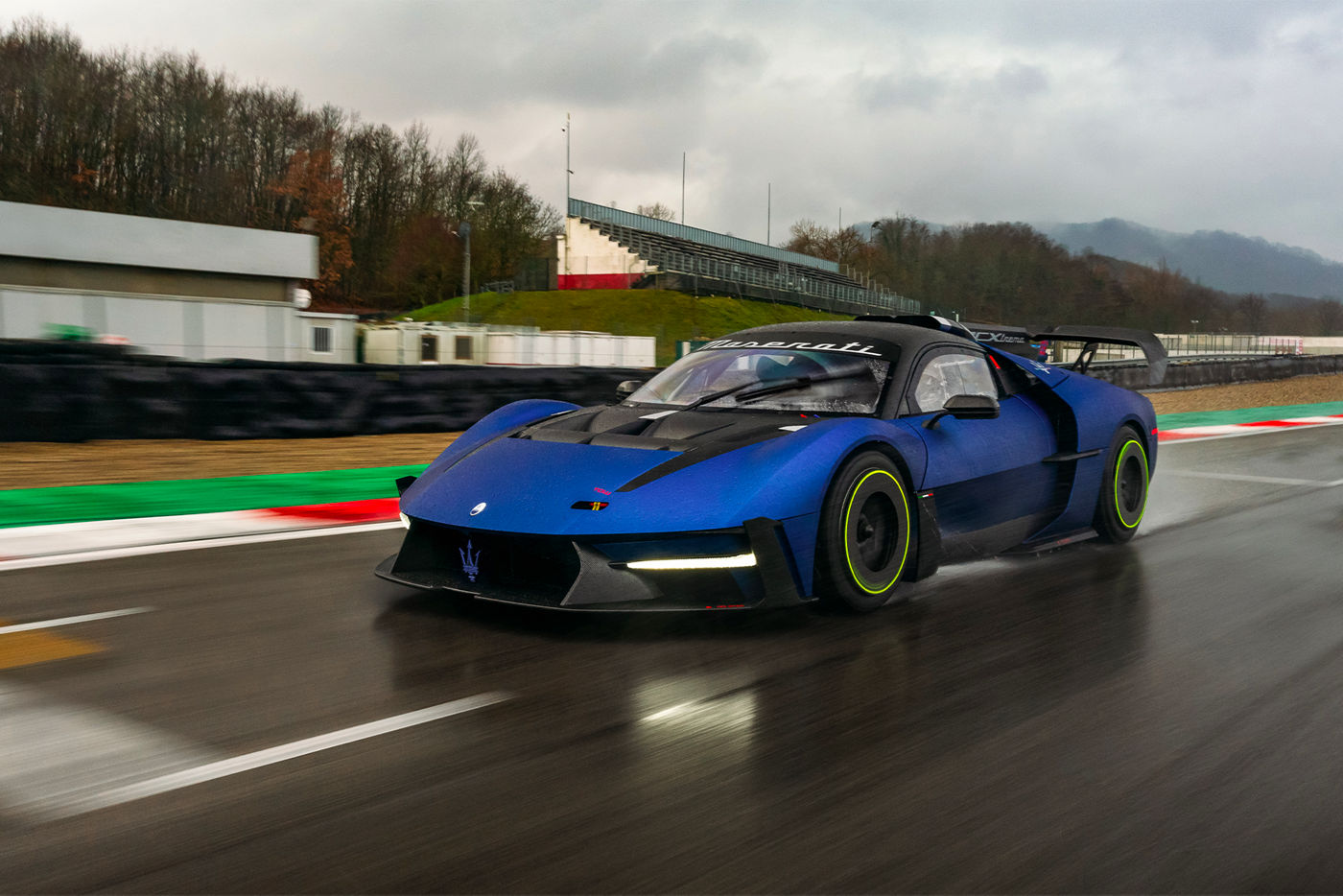
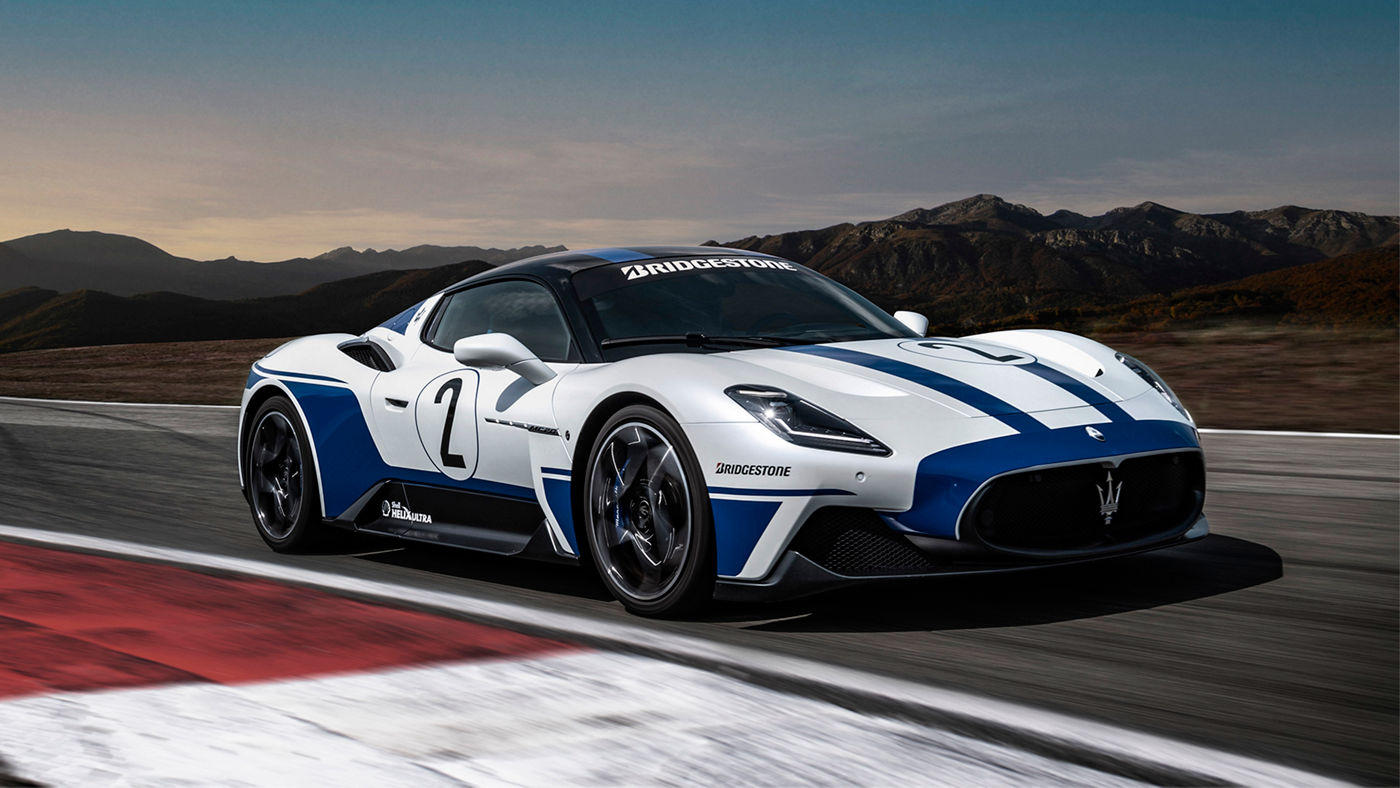
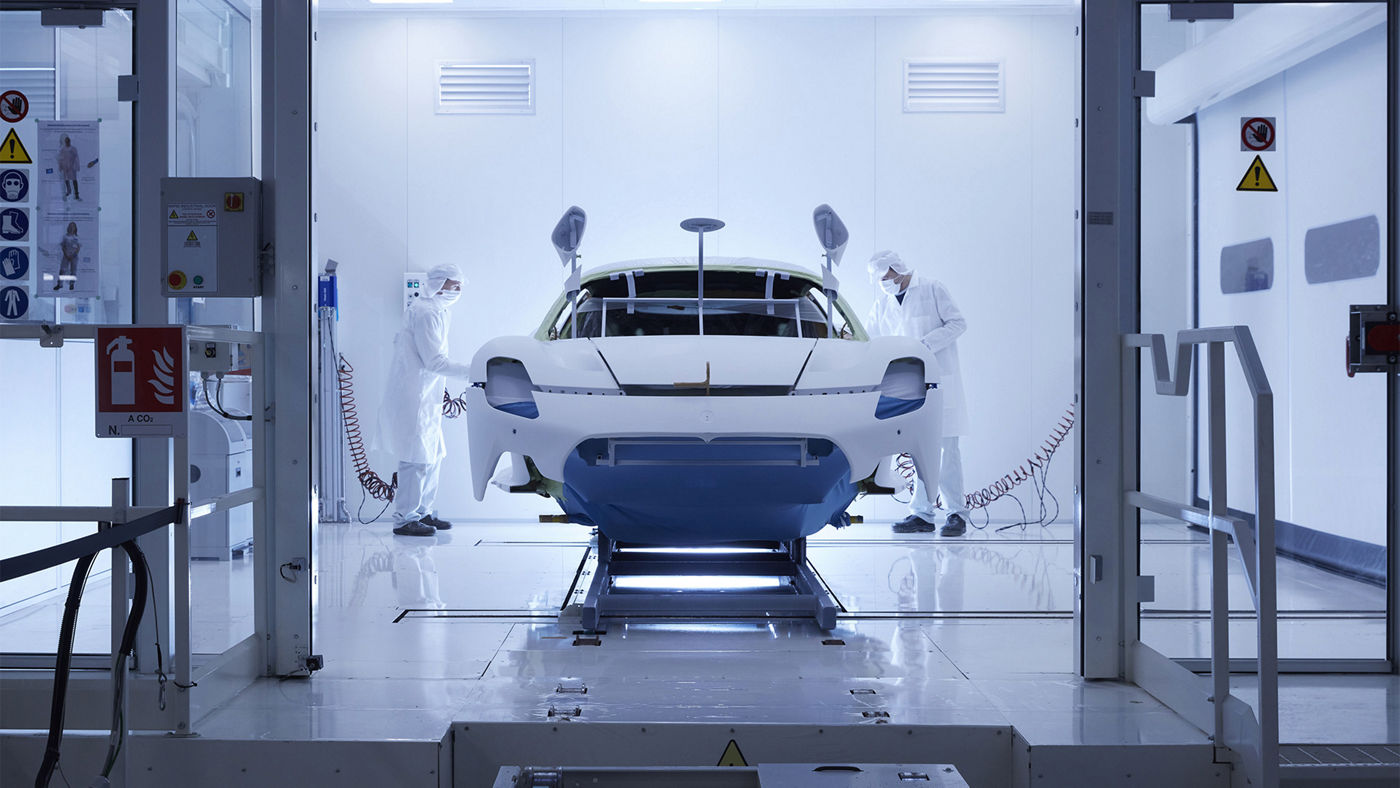



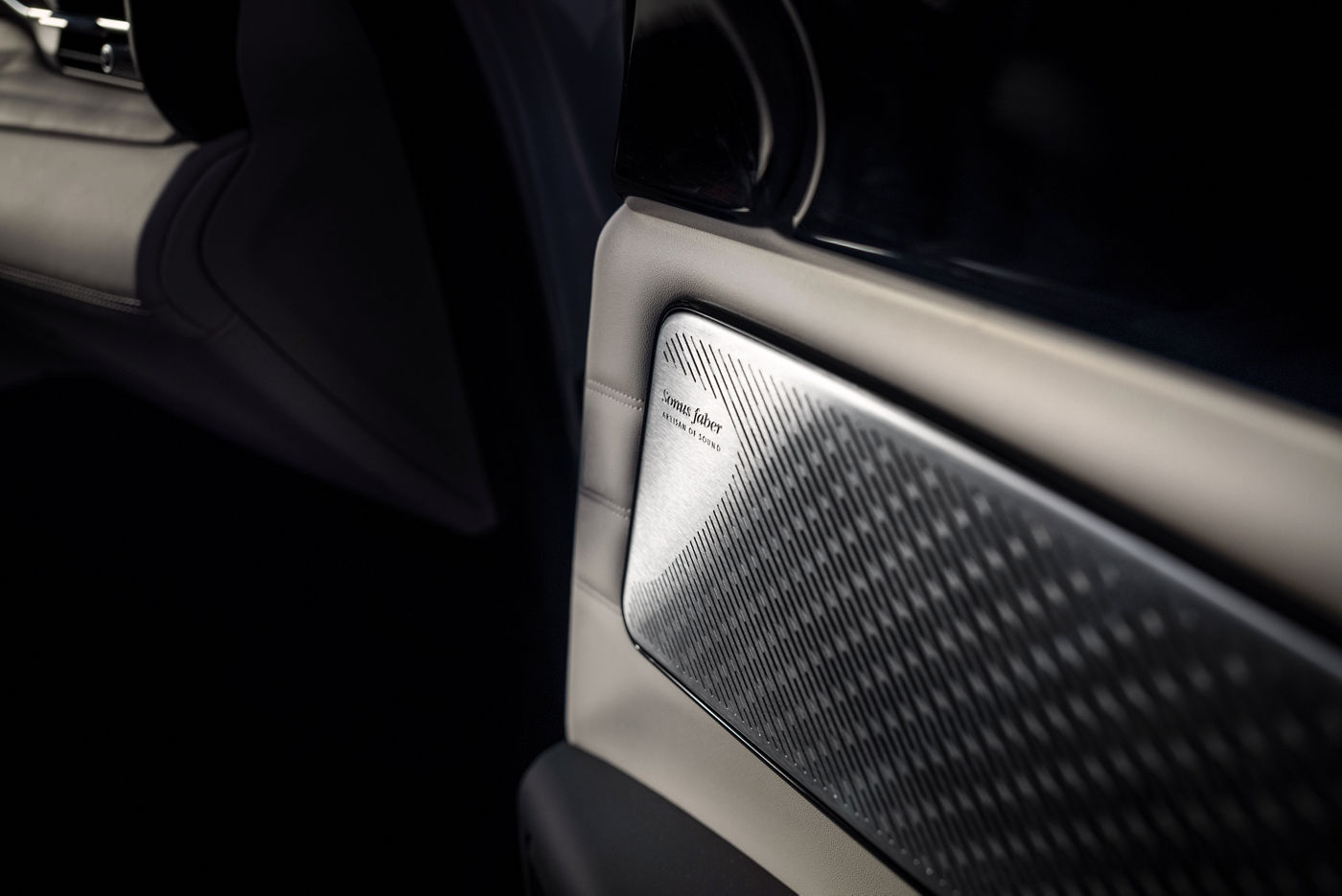


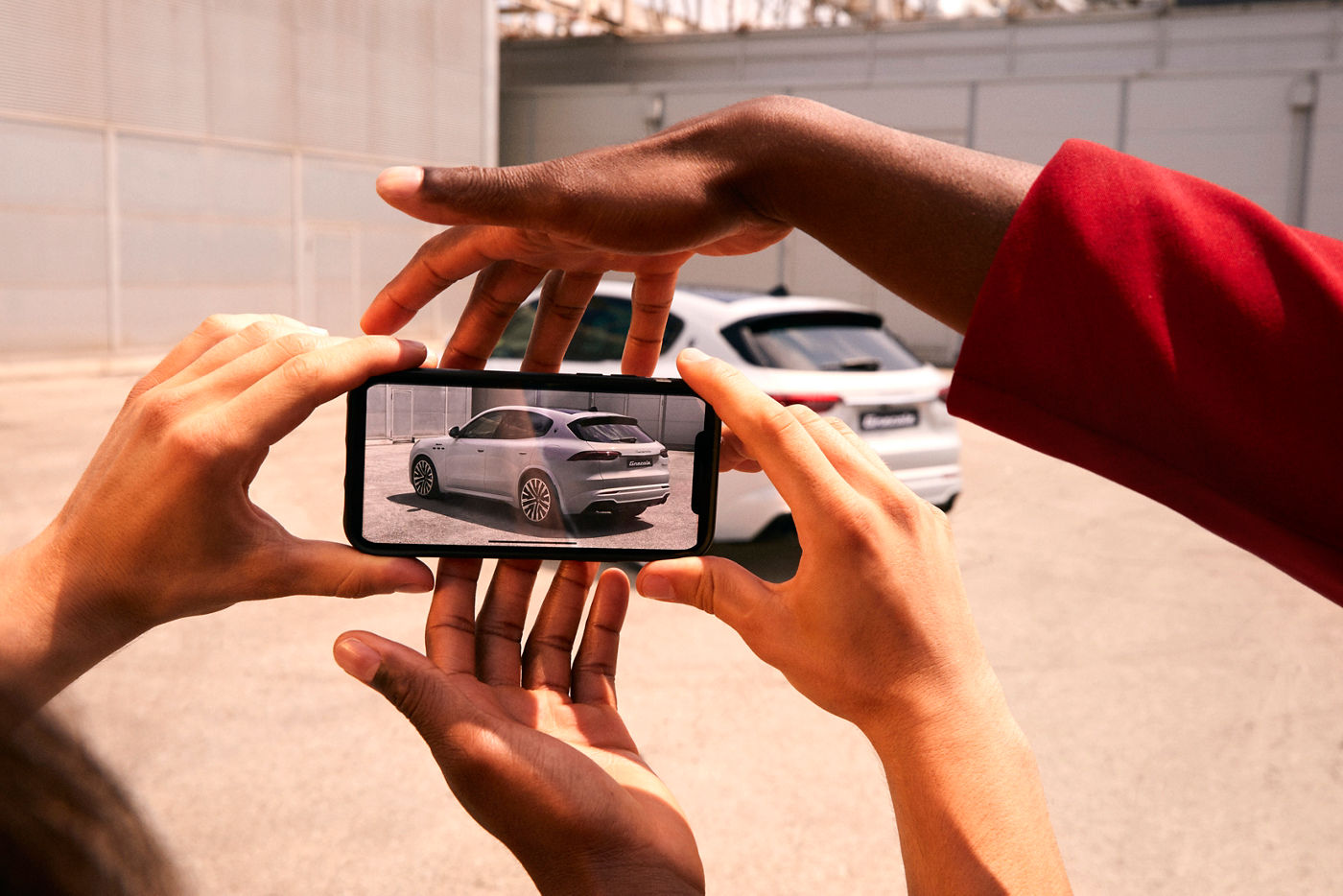
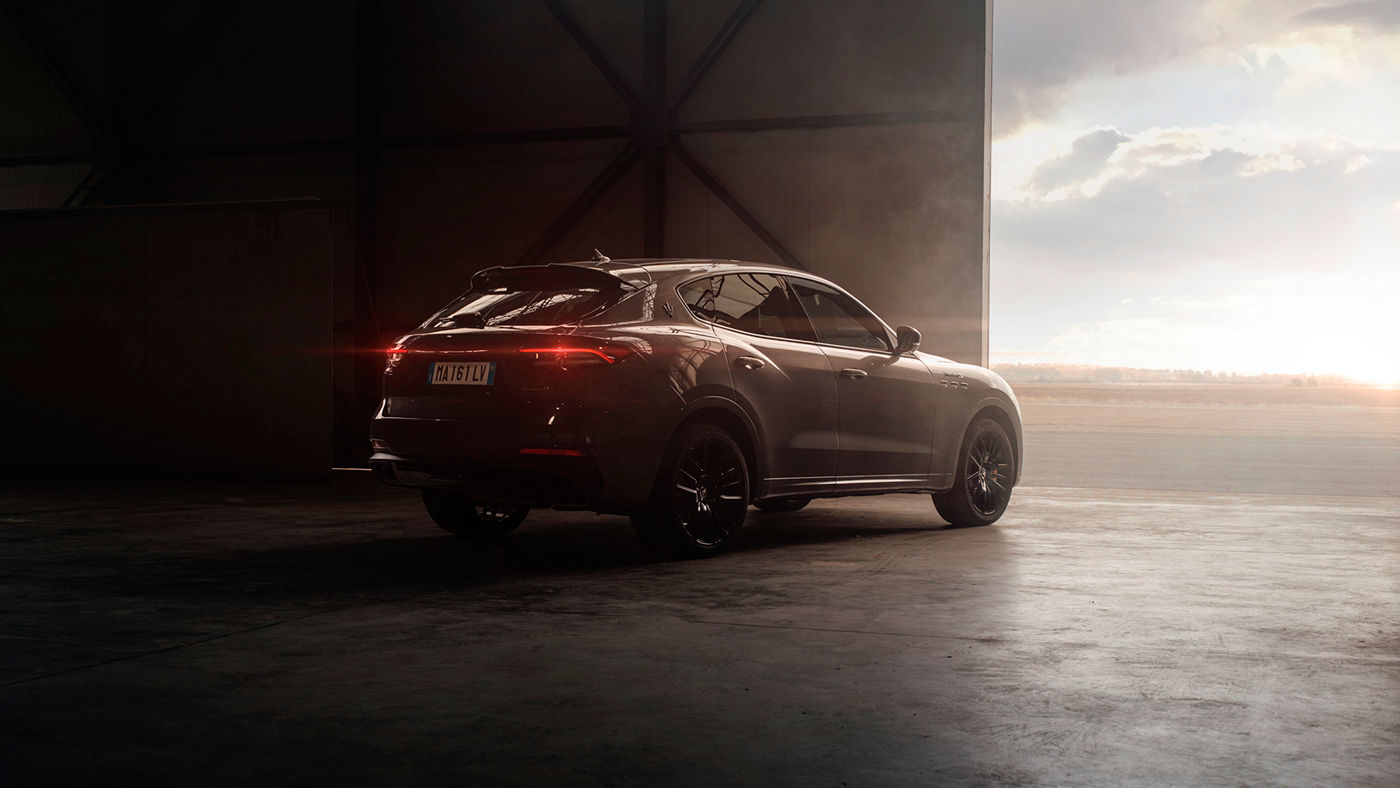

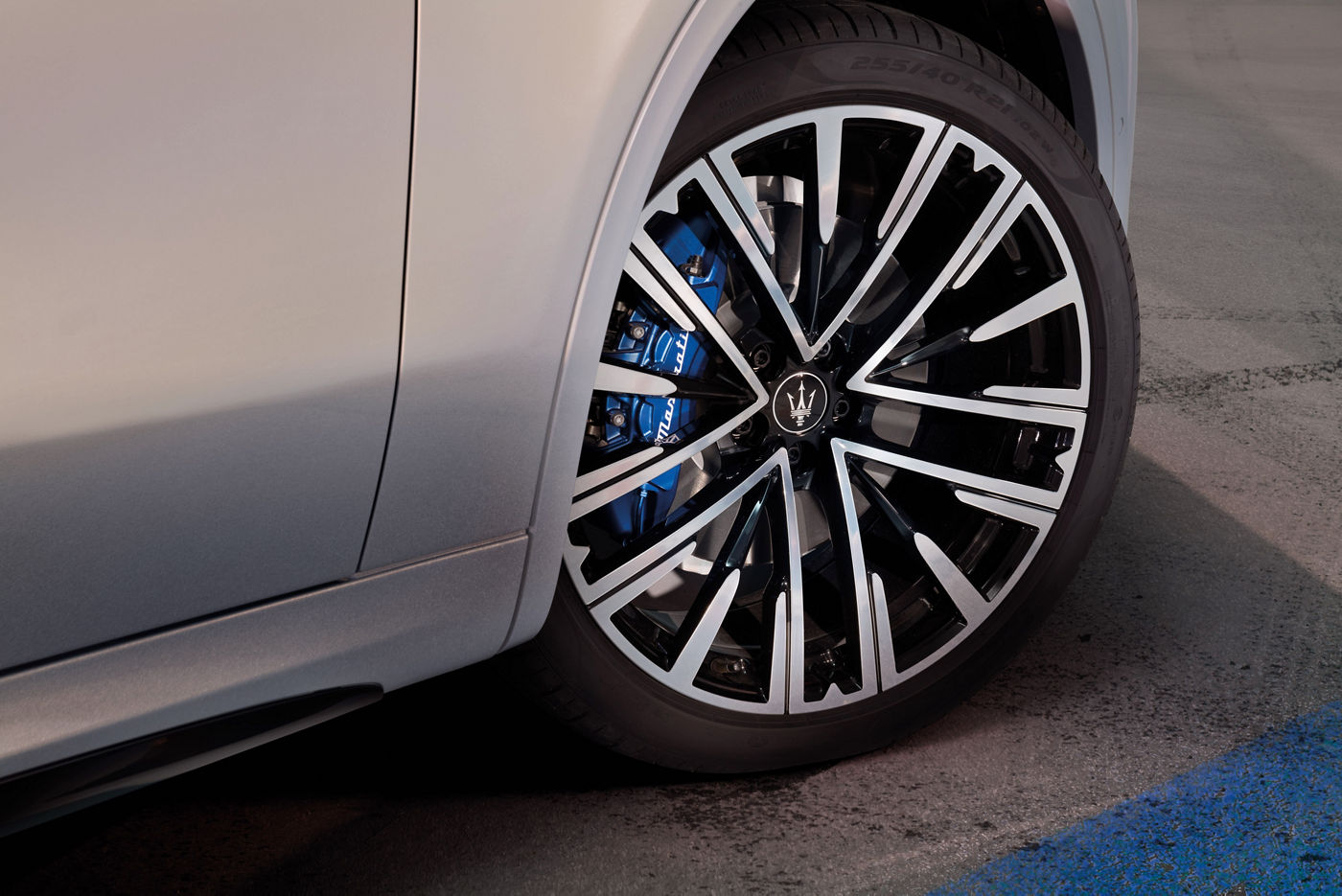
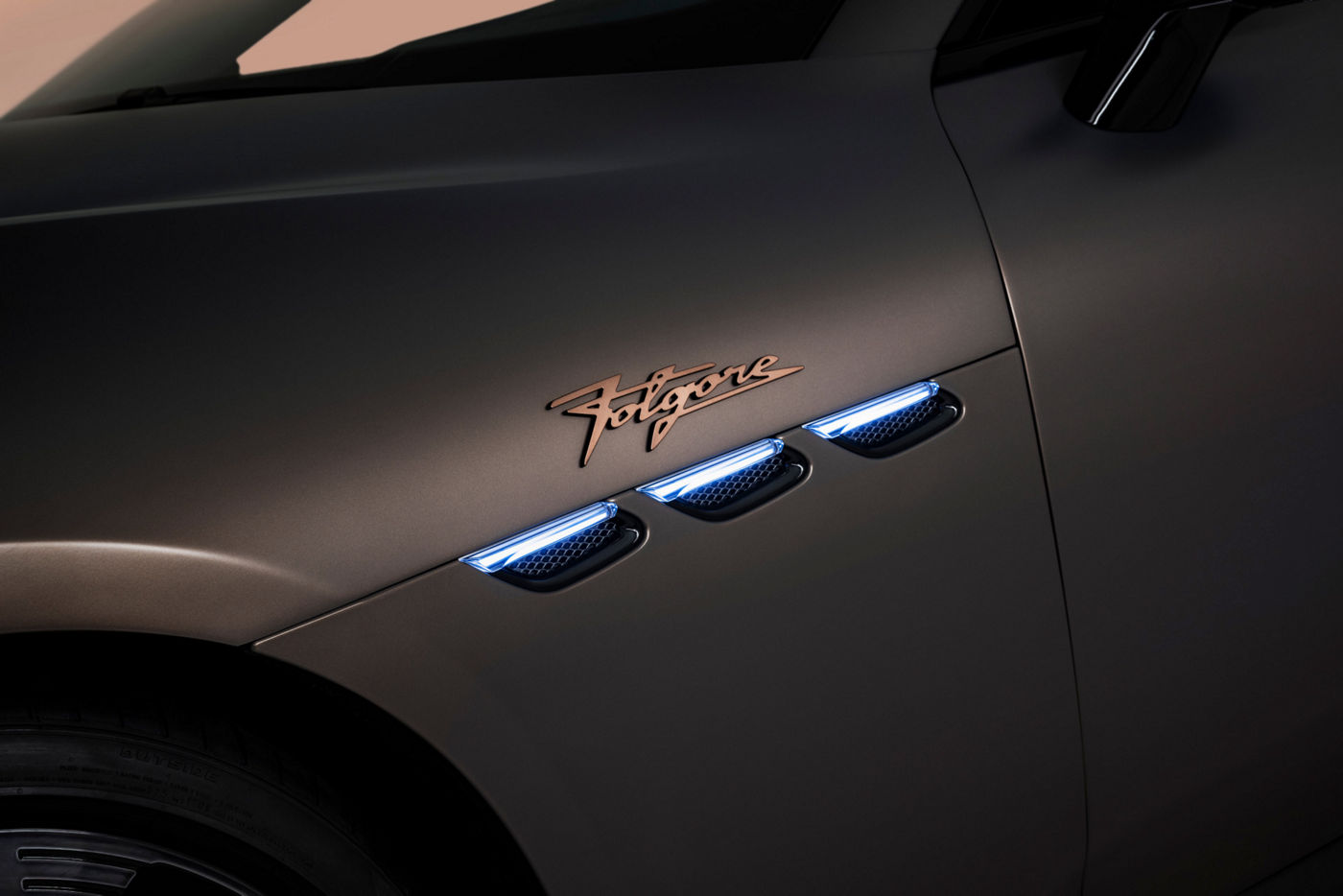
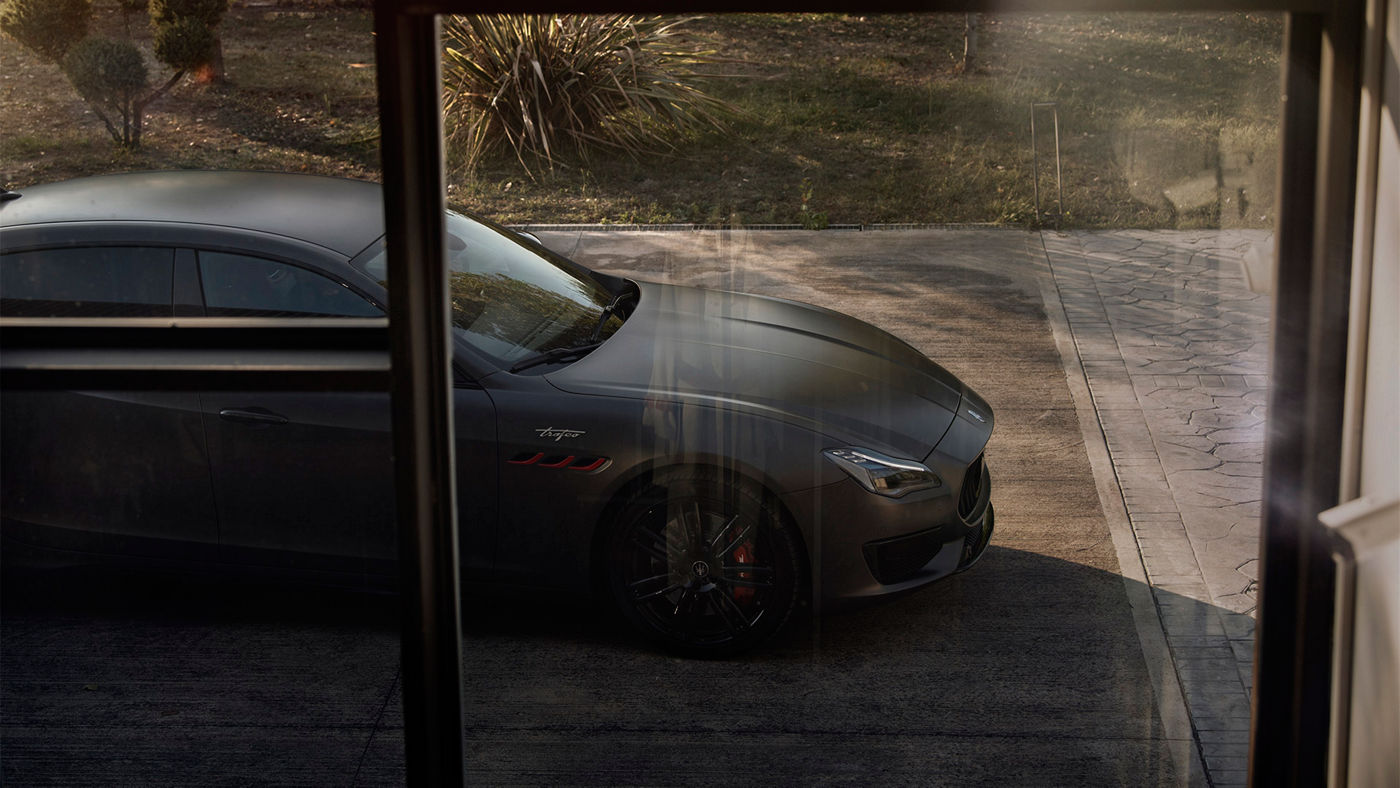
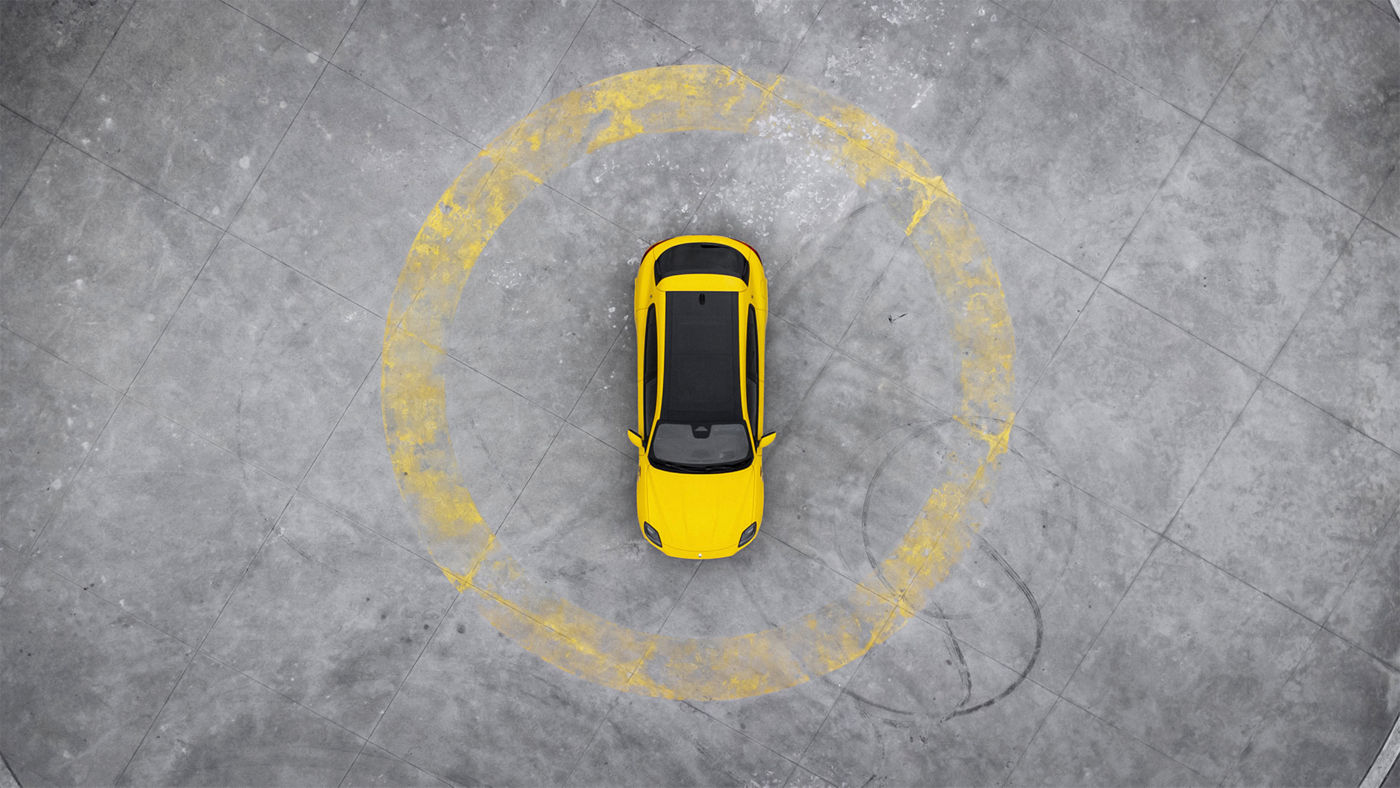
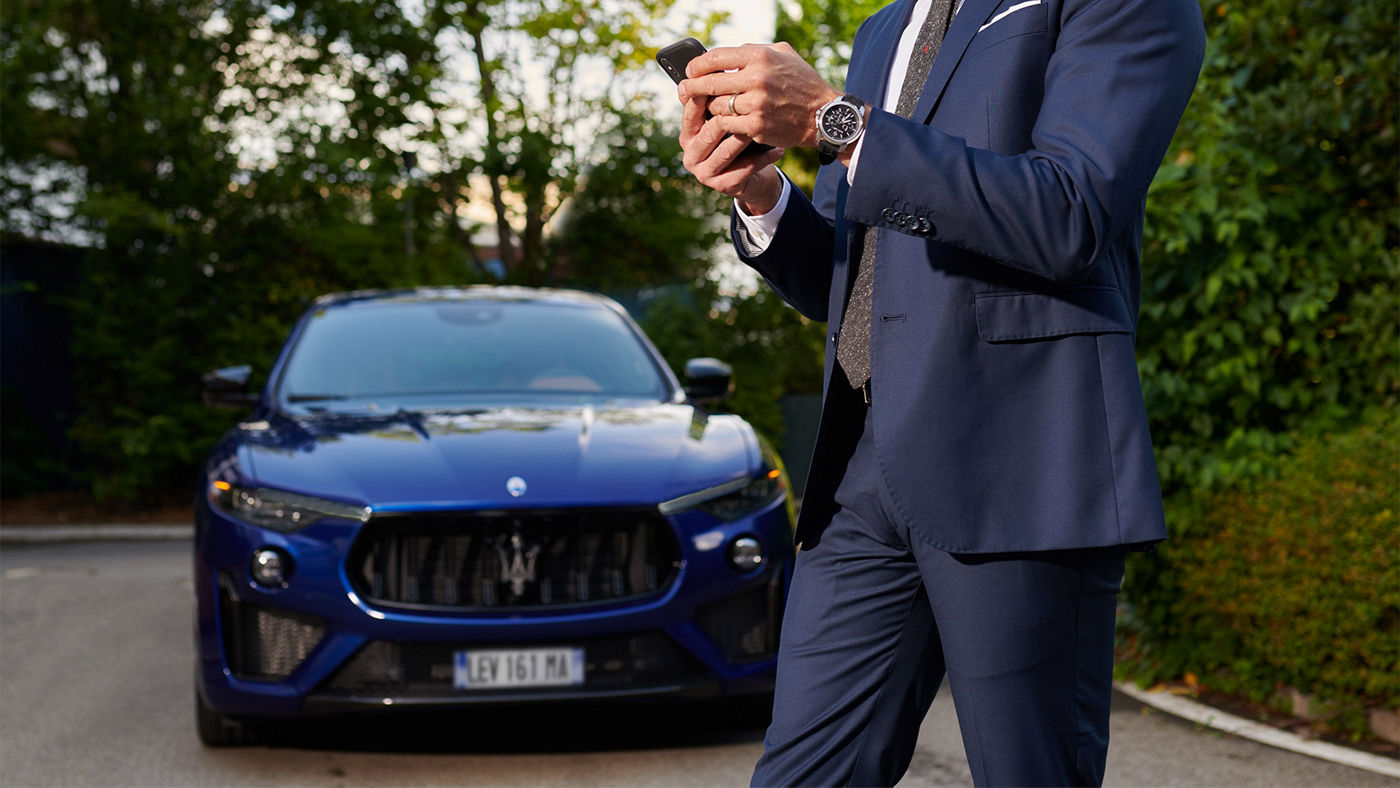
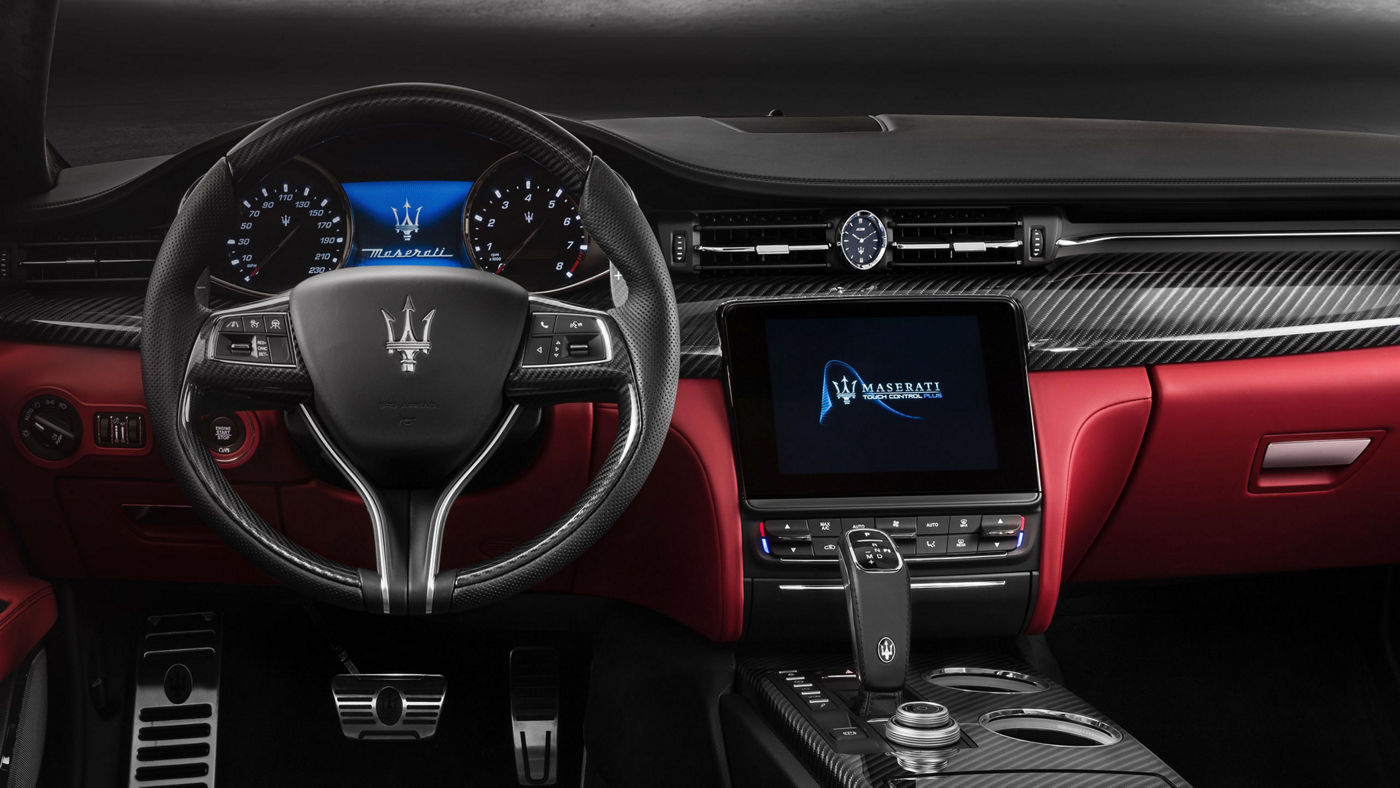

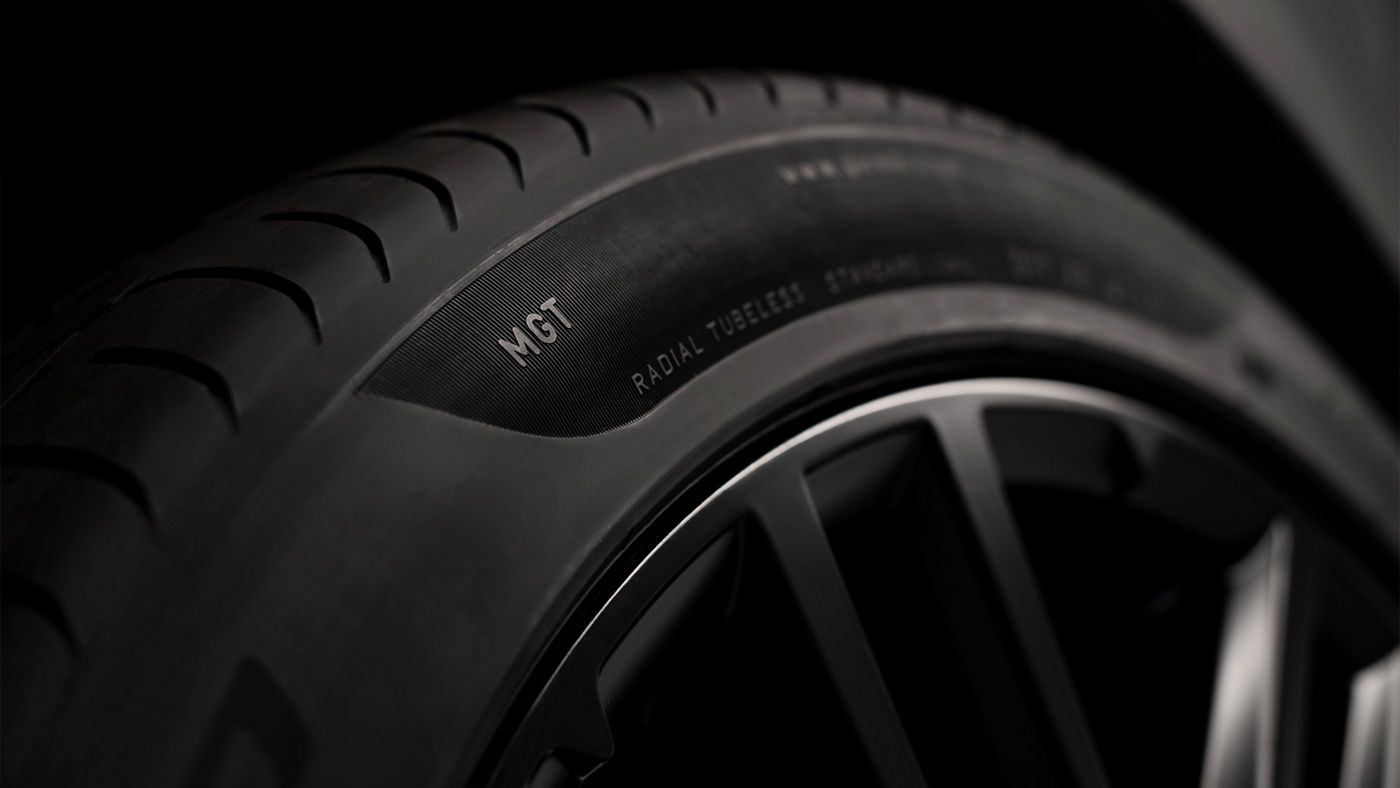
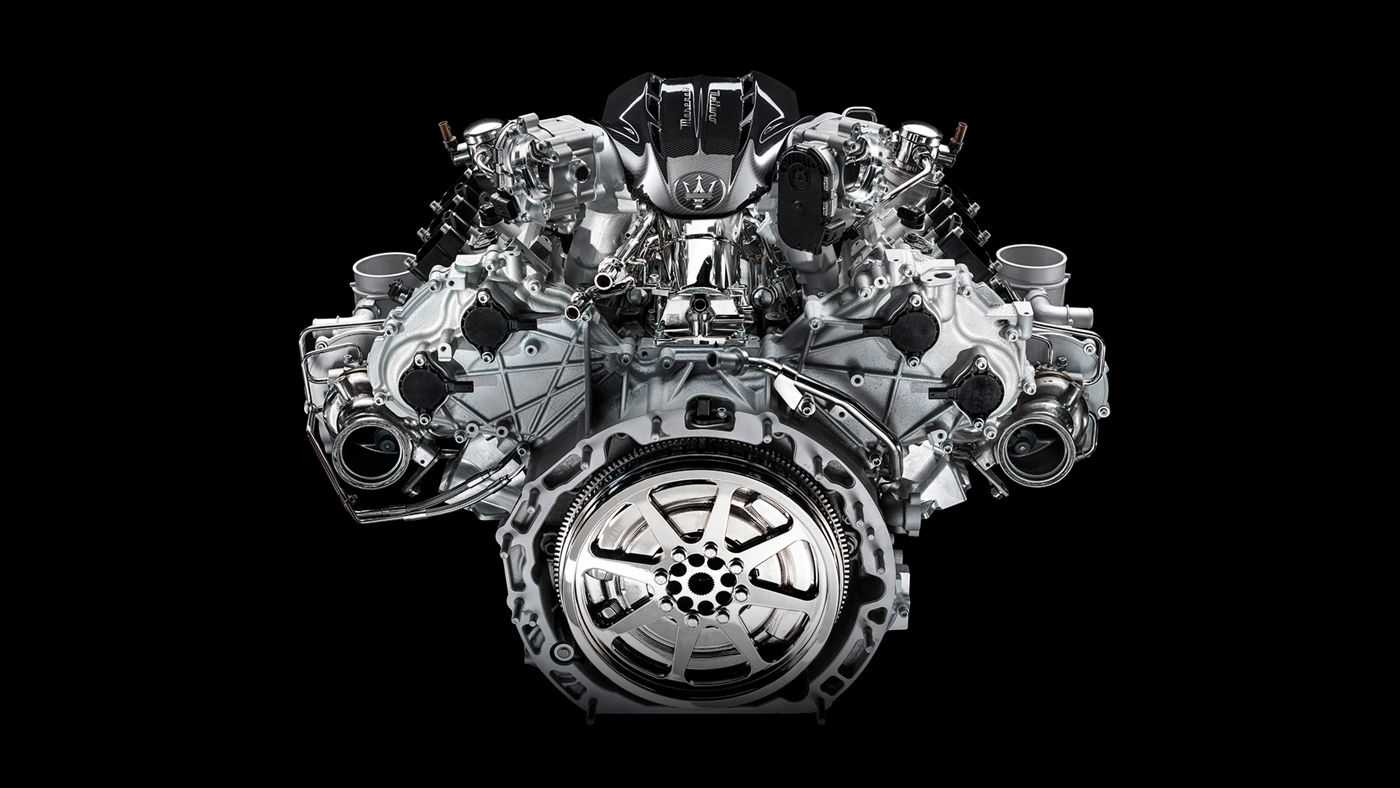


Modena, 22 May 2020 - On 23 May 1940, Maserati celebrated a fantastic four wins in a row at the Targa Florio. In fact, a House of Trident car was first over the finishing line of the prestigious Sicilian race for the fourth consecutive year. The driver who added his name to the winners' board was Luigi (Gigi) Villoresi, at the wheel of the Maserati Tipo 4CL.
To celebrate the 80th anniversary of this historic victory, Maserati went back to Sicily with an MC20 prototype, and drove it over some of the roads where the history of the Targa Florio was written, such as the stretch where the famous Floriopoli stands are located.
The new supercar's development thus proceeds with tests in different conditions of use, with the aim of gathering data and information for the final fine tuning.
After the first batch of tests performed using the dynamic simulator at the Maserati Innovation Lab in Modena, the time has now come for road and circuit test drives.
The MC20 marks the start of a new era for the Italian Brand in terms of both style and technology; it is also the first car to use the new engine, brimming with innovative technological contents, developed and built by Maserati in-house.
Through the new MC20, to be launched in September, the Modena-based manufacturer aims to underline its sporting credentials, and to return to a leading role on the racing circuits, after the latest world championship won in 2010 with another extraordinary car, the MC12.
The 4CL
Created in 1939, this single-seater was the brainchild of Ernesto Maserati, youngest of the Maserati's founding brothers, who wanted to design a car that would be competitive in “Voiturette” class racing. The 4CL, with displacement of 1,491 cc, was built on the chassis of the 6CM but with a new four-cylinder engine with four valves per cylinder, the first in Maserati's history. It was an extremely advanced engine for its time, with "square" internal dimensions of 78 x78mm which, with the aid of a volumetric turbocharger, developed 220 hp at 8,000 rpm.
At the car's racing debut in Tripoli, at the 1939 Libyan Grand Prix, Gigi Villoresi took pole position with the aerodynamic version of the 4CL. Its first win came two Grand Prix later, in Naples, when it was driven by Englishman John Peter Wakefield, who went on to achieve two further victories in France, at the Picardie and Albi GPs.
In the second half of the 1930s, the Targa Florio was held at Palermo on a circuit designed within the Favorita Park, over a total of 40 laps. The first to finish was Gigi Villoresi, the pre-race favourite, who also set new records for the race average speed (142.288 Km/h) and the lap time (147.201 Km/h). Also taking part in that edition (the 31st), in his first racing season and at the wheel of another Maserati, was Alberto Ascari.
Villoresi thus won the last race run in Italy and Europe before the Second World War, a result that confirmed the Modena-based constructor's supremacy.
More wins were to come in the postwar period. At the wheel of the 4CL, Villoresi himself was to win the Nice Grand Prix in April 1946, with more victories to follow for French ace Raymond Sommer, English driver Reg Parnell and the great Tazio Nuvolari. Further wins were recorded in 1947, and in 1948 the 4CL was replaced by the 4CLT, featuring the new tubular chassis and intake system with double-stage turbocharger.
International
Africa
Europe
America
Asia
Middle-east
Oceania
